The Intel Ivy Bridge (Core i7 3770K) Review
by Anand Lal Shimpi & Ryan Smith on April 23, 2012 12:03 PM EST- Posted in
- CPUs
- Intel
- Ivy Bridge
Intel HD 4000 Explored
What makes Ivy Bridge different from your average tick in Intel's cycle is the improvement to the on-die GPU. Intel's HD 4000, the new high-end offering, is now equipped with 16 EUs up from 12 in Sandy Bridge (soon to be 40 in Haswell). Intel's HD 2500 is the replacement to the old HD 2000 and it retains the same number of EUs (6). Efficiency is up at the EU level as Ivy Bridge is able to dual-issue more instruction combinations than its predecessor. There are a number of other enhancements that we've already detailed in our architecture piece, but a quick summary is below:
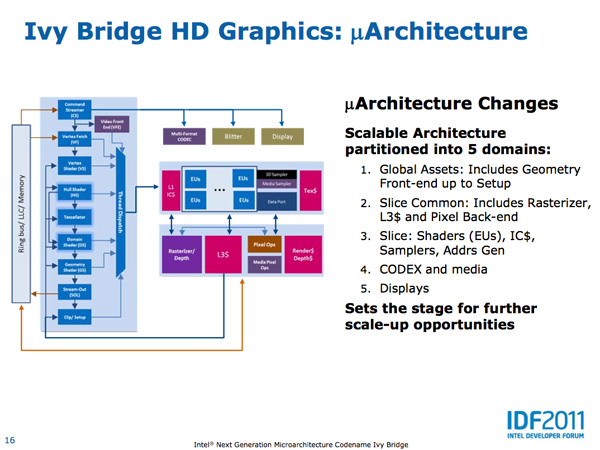
— DirectX 11 Support
— More execution units (16 vs 12) for GT2 graphics (Intel HD 4000)
— 2x MADs per clock
— EU can now co-issue more operations
— GPU specific on-die L3 cache
— Faster QuickSync performance
— Lower power due to 22nm

Although OpenCL is supported by the HD 4000, Intel has not yet delivered an OpenCL ICD so we cannot test functionality and performance. Update: OpenCL is supported in the launch driver, we are looking into why OpenCL-Z thought otherwise. DirectX 11 is alive and well however:
Image quality is actually quite good, although there are a few areas where Intel falls behind the competition. I don't believe Ivy Bridge's GPU performance is high enough yet where we can start nitpicking image quality but Intel isn't too far away from being there.
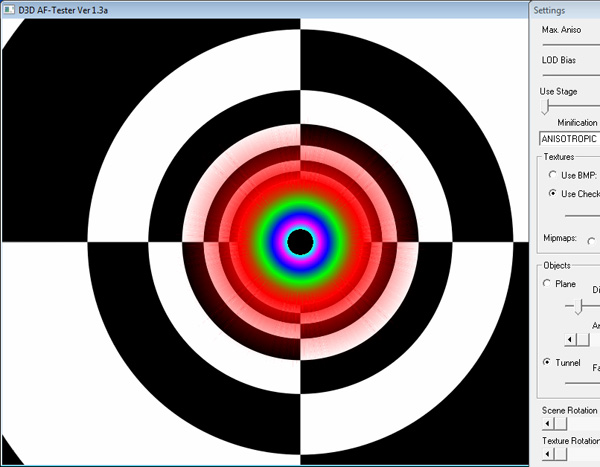
Current state of AF in IVB
Anisotropic filtering quality is much improved compared to Sandy Bridge. There's a low precision issue in DirectX 9 currently which results in the imperfect image above, that has already been fixed in a later driver revision awaiting validation. The issue also doesn't exist under DX10/DX11.
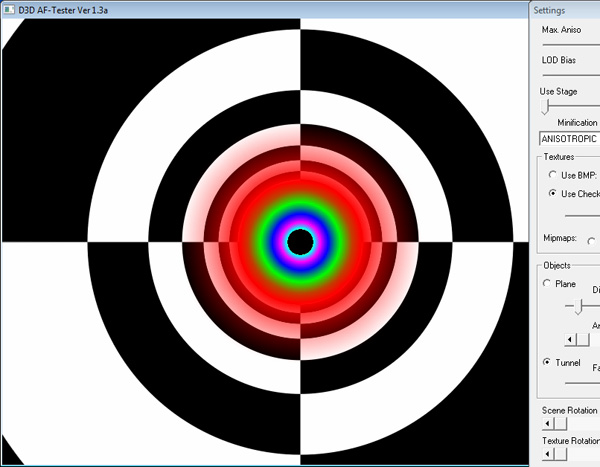
IVB with improved DX9 AF driver
Game compatibility is also quite good, not perfect but still on the right path for Intel. It's also worth noting that Intel has been extremely responsive in finding and eliminating bugs whenever we pointed at them in their drivers. One problem Intel does currently struggle with is game developers specifically targeting Intel graphics and treating the GPU as a lower class citizen. I suspect this issue will eventually resolve itself as Intel works to improve the perception of its graphics in the market, but until then Intel will have to suffer a bit.
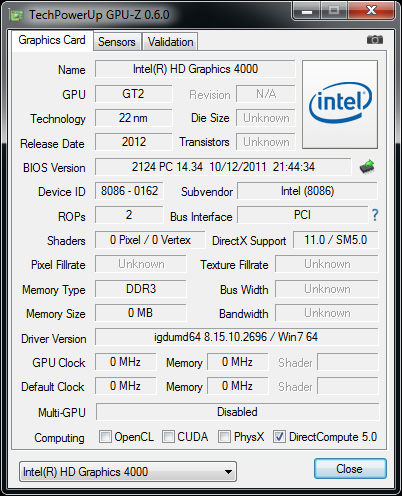








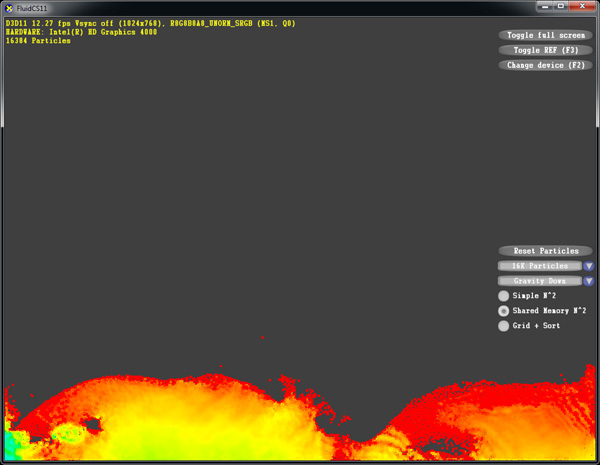














173 Comments
View All Comments
jmcb - Saturday, May 12, 2012 - link
I was thinking the exact same thing.I waited long to jump on the dual core bandwagon, 2008 with a C2D 8400. I havent jumped on the quad core wagon yet. Was waiting for them to run cooler.
This seems like a good time to make the jump.
CeriseCogburn - Friday, June 1, 2012 - link
I'm going to get rid of my 2500K @ 4.8GHz , because it's HD3000 just isn't doing it for BF3,and I'm going Trinity man !
See me and my amd apu on the gaming servers !
a. totally wanna be cool amd fan
b. fantasy boy with lunch money from mommie in pocket
c. bonkers
d. all the above
p05esto - Monday, April 23, 2012 - link
Yea, but WHEN can I buy one? Forgive me if I missed that all important detail. My desktop is 2.5 yrs old and am ready to upgrade here. Show me where to buy, lol.Catalina588 - Monday, April 23, 2012 - link
OEM boxes arrive April 29th. I expect NewEgg will have parts shortly thereafter.tiki037 - Wednesday, April 25, 2012 - link
+1I thought the April 23 launch date meant that was when we would be able to buy one.
Tommyv2 - Monday, April 23, 2012 - link
Why no benchmarks against a 2700K, you know - a real platform comparison? I'm guessing it's exactly the same performance?Anand Lal Shimpi - Monday, April 23, 2012 - link
Working on testing the 2700K now - didn't have one at the time that the CPU tests were conducted, the difference is small as you can guess, will add results to bench as they are completed.Take care,
Anand
Ratman6161 - Monday, April 23, 2012 - link
...but really, they already have large quantities of benchmarks of the 2600K and the difference between that and 2700K is going to be relatively meaningless...my guess, not worth the trouble of running the whole suite of benchmarks on it. To my knowledge, the only difference is 100 MHz of clock speed, right?deadsix - Monday, April 23, 2012 - link
Any chance Anand that we get a 35W Quad Core processor for laptops like the Macbook Pro 13"Kristian Vättö - Monday, April 23, 2012 - link
There is i7-3612QM which is a 35W 2.1GHz quad core. Whether Apple uses it is another question, though.http://www.anandtech.com/show/5772/mobile-ivy-brid...